Brother LX-3125 Bruksanvisning
Läs gratis den bruksanvisning för Brother LX-3125 (96 sidor) i kategorin Symaskin. Guiden har ansetts hjälpsam av 20 personer och har ett genomsnittsbetyg på 4.9 stjärnor baserat på 10.5 recensioner. Har du en fråga om Brother LX-3125 eller vill du ställa frågor till andra användare av produkten? Ställ en fråga
Sida 1/96

ENGLISH
Operation Manual
Basic Sewing and Mending Machine
APPENDIX
UTILITY STITCHES
SEWING BASICS
KNOWING YOUR
SEWING MACHINE
Please visit us at http://solutions.brother.com where you can get product support and answers to frequently
asked questions (FAQs).
Produktspecifikationer
| Varumärke: | Brother |
| Kategori: | Symaskin |
| Modell: | LX-3125 |
Behöver du hjälp?
Om du behöver hjälp med Brother LX-3125 ställ en fråga nedan och andra användare kommer att svara dig
Symaskin Brother Manualer
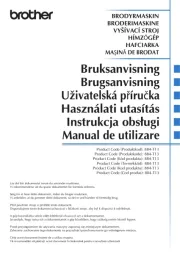
17 September 2025

16 September 2025

16 September 2025
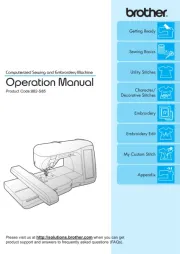
16 September 2025
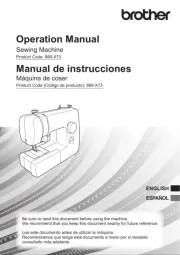
16 September 2025
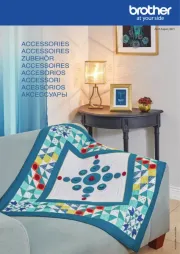
16 September 2025
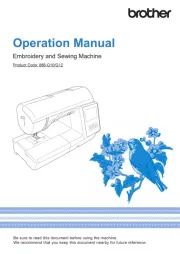
16 September 2025
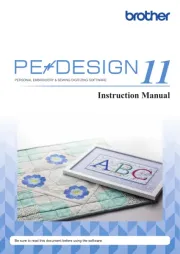
16 September 2025
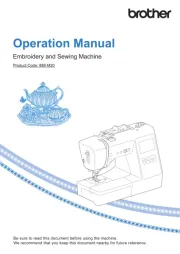
16 September 2025
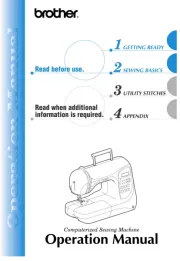
16 September 2025
Symaskin Manualer
- Ambiano
- Jocca
- Huskystar
- Bernette
- Empisal
- Solac
- Husqvarna
- Essentiel B
- Anker-Bernette
- Jata
- Muller
- Prixton
- Baby Lock
- Juki
- Pfaff
Nyaste Symaskin Manualer
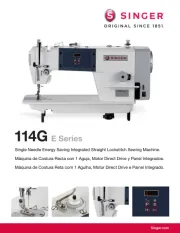
12 Oktober 2025
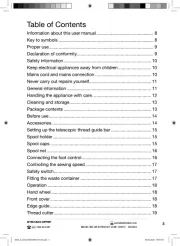
11 Oktober 2025
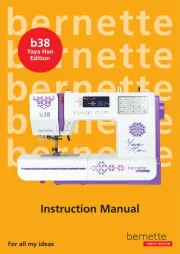
11 Oktober 2025
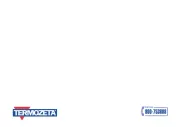
10 Oktober 2025
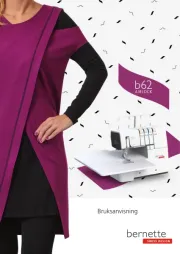
10 Oktober 2025
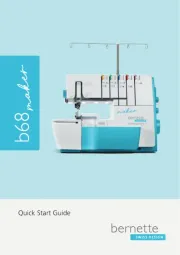
10 Oktober 2025
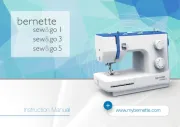
10 Oktober 2025
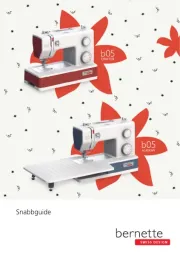
9 Oktober 2025
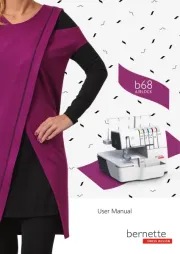
9 Oktober 2025
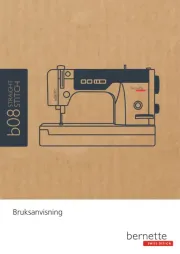
9 Oktober 2025